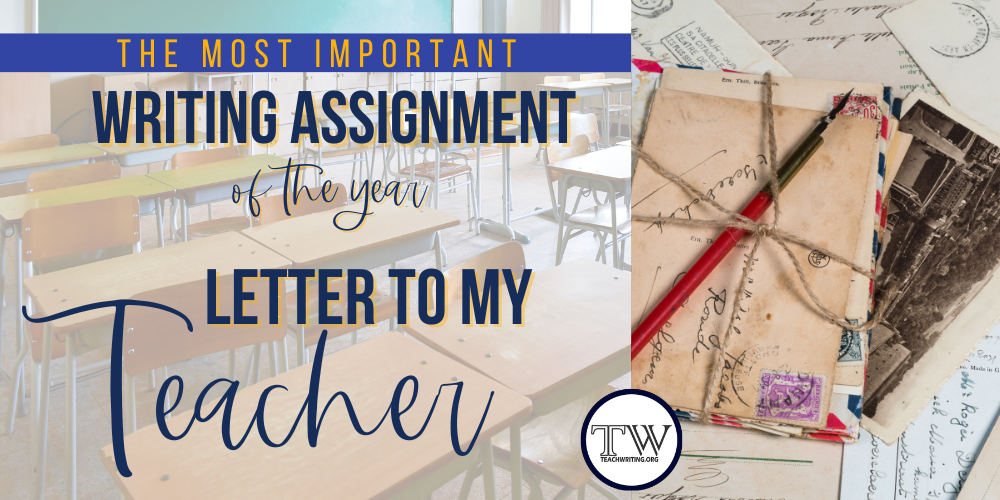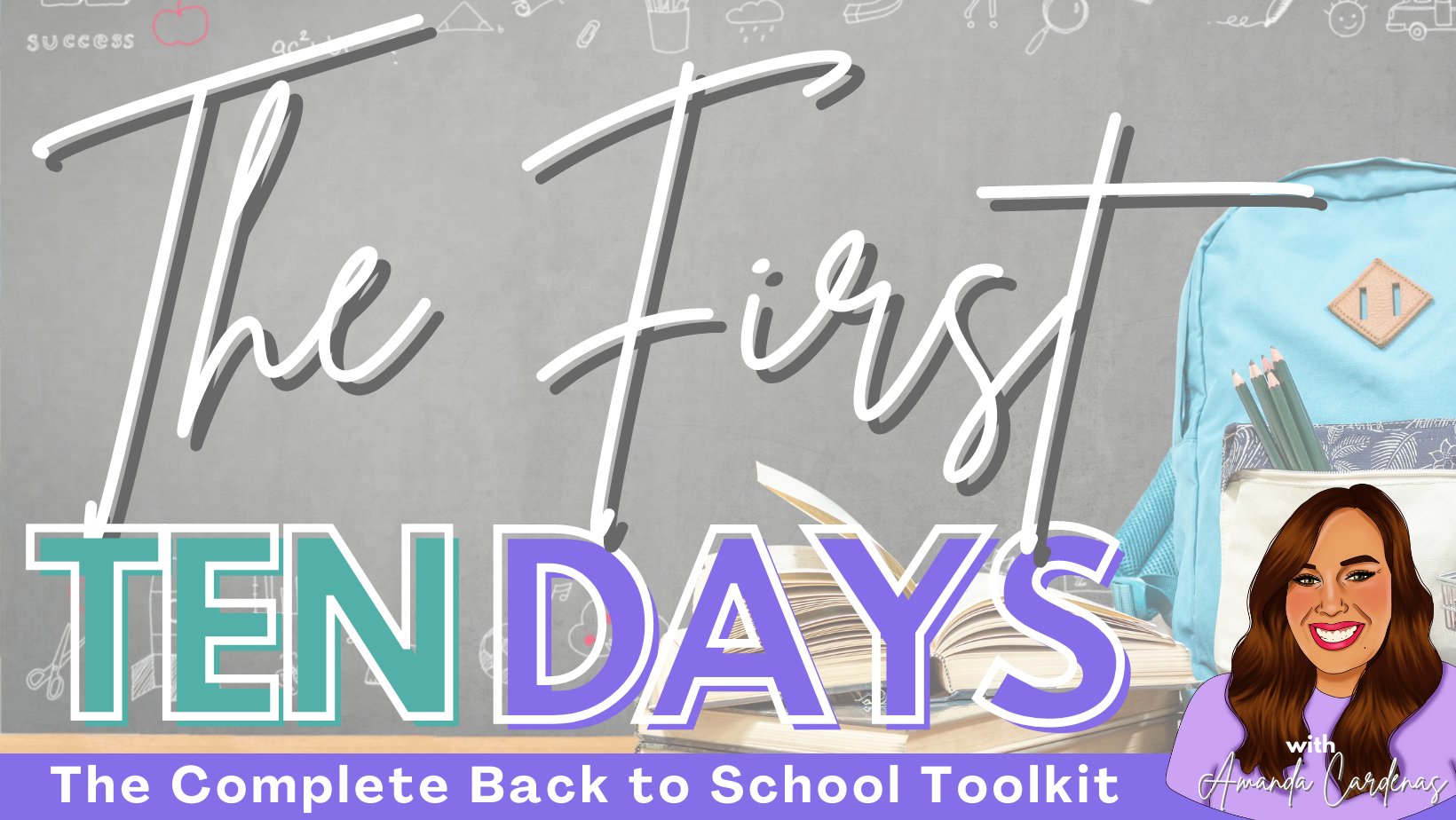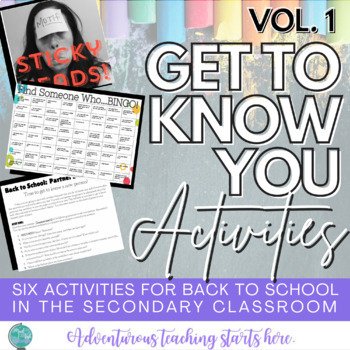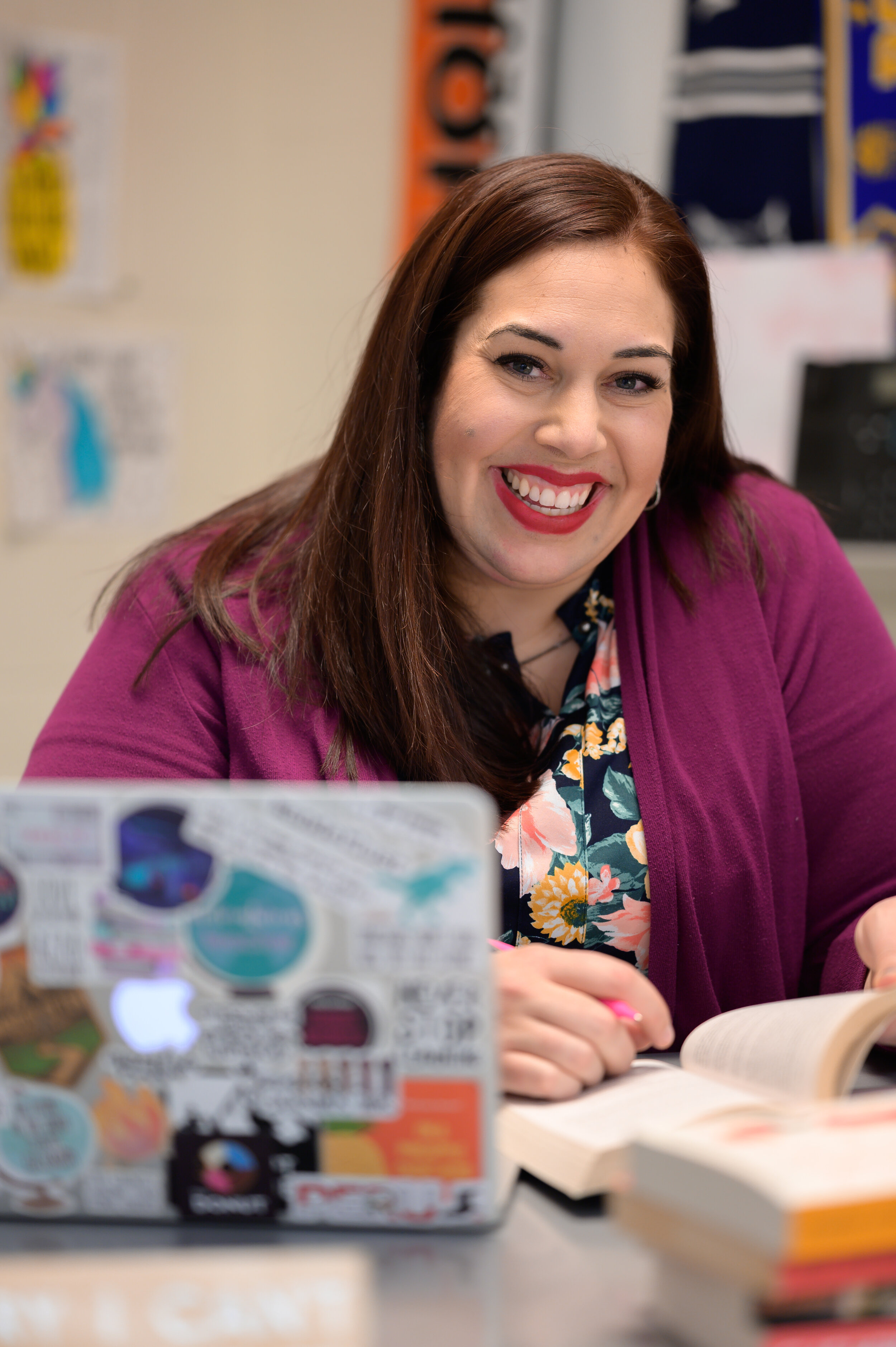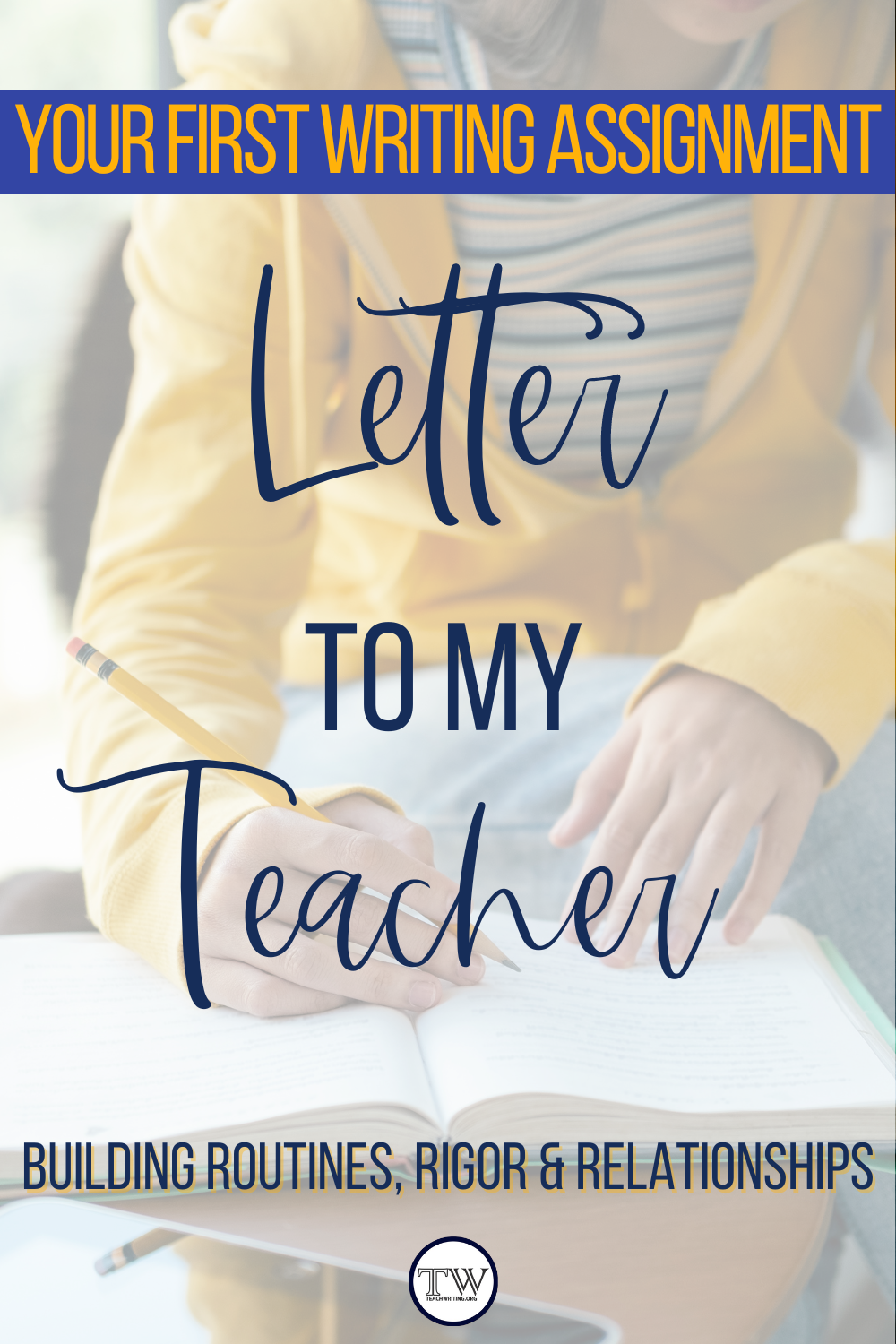The Most Important Writing Assignment of the Year: Letter to My Teacher
At the start of any given school year, there are thousands of things on the to do list. On that list, we usually include a few formative writing tasks and pre-assessments, but after doing this for over a decade, there is one writing assignment that stands out from them all - Letter to My Teacher.
Your First 10 Days:
The first two weeks of school are precious, valuable, vulnerable, and creative real estate. What you choose to place on these days sets the tone for the entire school year to come. As you navigate the important choices that you have to make as you sift through the back to school clutter, remember these three things: routines, rigor, and relationships.
Using these three pillars to keep you grounded, select the kinds of activities that will serve multiple purposes. Let’s outline the ways in which a Letter to My Teacher assignment can fulfill all of these pillars. But before you assign this letter, there’s one critical thing that you must do: you must exercise vulnerability first. In my First 10 Days, I spend one day on myself sharing a Meet the Teacher presentation and “fireside chat” with students. I frontload this writing assignment by giving students the chance to get to know me before I ask them to share about themselves. I demonstrate this lesson in its entirety in my course, if that’s something you’d like to see!
Give a Close/Open Prompt
Assigning your students a “letter to my teacher” is not as simple as just asking them to write something to you. In my experience, students respond best to an assignment that has clear directions, a list of ideas to include in the letter, and specific writing expectations. Here are a few things that I’ve used and rotated through over the years:
Begin your letter with a greeting
Compose a minimum of two paragraphs. In each paragraph, discuss something about yourself that you’d like to share with me. Here are some ideas:
What are your talents? Tell me about the things that you’re good at, that make you feel proud, and that you’ve accomplished in your life.
What makes you weird? Weird is wonderful -- and we’re all a little weird! What are the strange things that you are into?
Tell me about your family. How do you get along? Who are you closest to? What are unique things that your family likes to do or traditions you celebrate?
Close your letter and sign off
This outline gives both specific guidelines AND options. Students could write their two body paragraphs about ANYTHING, but by giving some ideas to get started, we limit the overwhelm that some students have when faced with completely open writing prompts. This structure makes it easier for students to open up and for you to start building relationships with one another.
Use a Rubric
The rubric is the next step in teaching both routines and rigor. The rubric can (and should!) be extremely simple, but starting right away with the practice of students understanding rubric language and learning your revision policies is critical to laying the foundation for writing during the school year. Here are a few things you can evaluate on a rubric fairly and gently at the beginning of the year:
Organization: look at the ways in which students structure their paragraphs and the letter greeting and closing
Purpose: did the letter accomplish the purpose of introducing the student? Did the student highlight two parts of themselves in the letter?
Use the collection of the letter and return of the rubric scores as another opportunity to teach routines in your classroom.
Write Them Back
To come full circle on building relationships with your students, here comes the last part: write them back. Grab a stack of lined post its and attach them to each letter, take the time to write a digital comment, or plan another format that works for you, but no matter what, plan into your agenda time to respond to each student. This is your first chance to show students that they are heard, seen, and valued. I’ll be the first to admit -- it take a while to do this, but it’s also something that leaves a powerful impression. Planning ahead for a few time slots where you’ll accomplish this task will help you get it done in no time.
SPOTLIGHT RESOURCE:
If you’re ready to assign Letter to My Teacher and a few more gems, you’ve got to see the other powerful, meaningful, and fun activities in my first volume of Get to Know You Activities. Check it out here!
ABOUT THE AUTHOR
Amanda is the author of Mud and Ink Teaching and a collaborative blogger on Teachwriting.org.
A high school English teacher of every level from ESL to AP Language, Amanda has made it her life’s work to encourage students and teachers to join her on an adventurous teaching and learning journey. Amanda is a full-time teacher author after spending thirteen years in the classroom. She writes curriculum for the high school level, coaches teachers 1:1, and travels with her family whenever possible. Amanda’s obsessed with poetry, argumentation, and showing students the power of taking chances in their writing. She is also the co-host of the podcast Brave New Teaching.
Visit Amanda on Instagram, Facebook, or Twitter for English teacher inspiration and powerful community.

